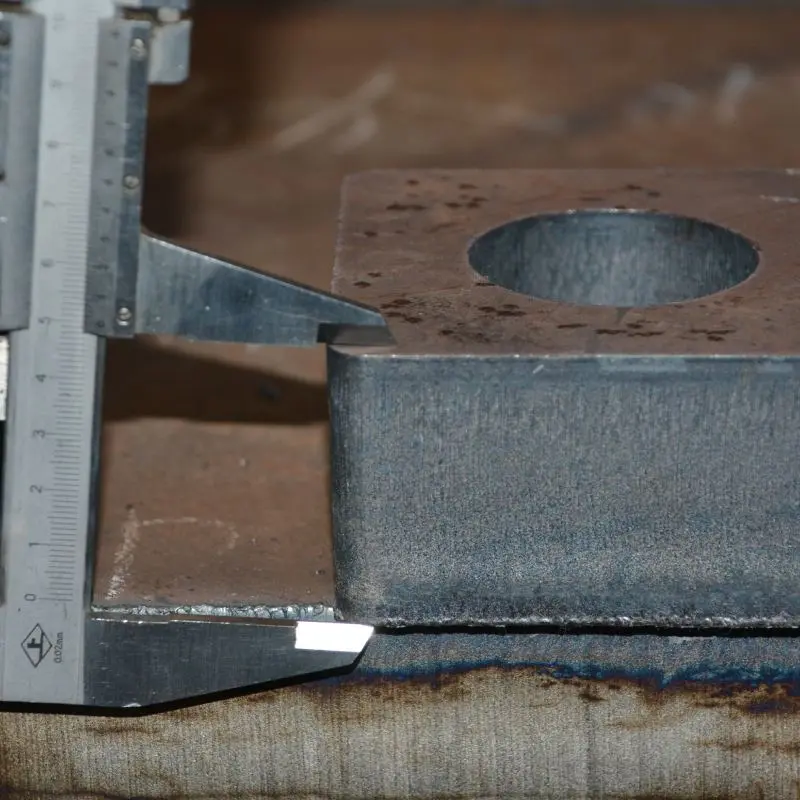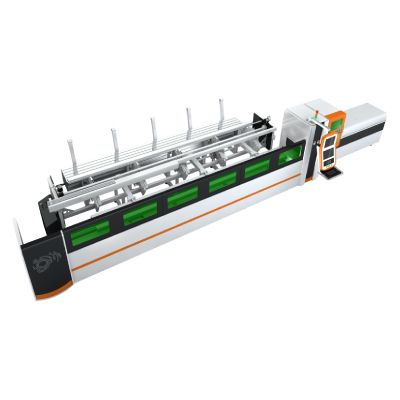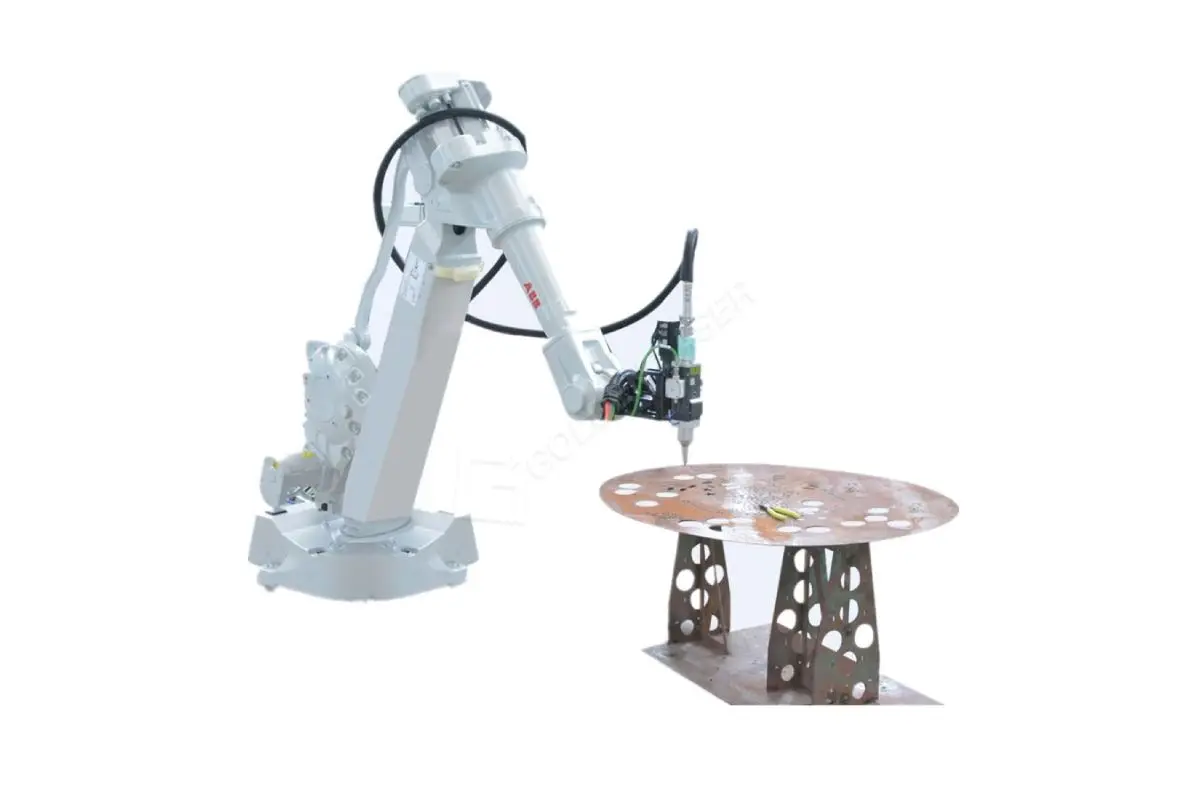The process of metal cutting is an essential aspect of many industries, including manufacturing, construction, and engineering. It involves removing a portion of metal from a workpiece to create a desired shape or size. There are several methods of metal cutting, including sawing, shearing, drilling, milling, and turning. In this article, we will discuss the basics of metal cutting, including the techniques, tools, and safety considerations.
[Types of Metal Cutting Techniques]
Sawing:
Sawing is a cutting method that uses a saw blade to cut through metal. It is an excellent technique for cutting large pieces of metal quickly. There are two primary types of saws used in metal cutting: bandsaws and circular saws. Bandsaws are used for large-scale industrial cutting, while circular saws are ideal for smaller metal cutting tasks.

Metal Cutting: The Basics You Need to Know
Shearing:
Shearing is a process that involves cutting through sheet metal using a specialized tool called a shear. A shear is a mechanical device that applies force to the sheet metal, causing it to fracture along a predetermined line. It is an ideal technique for cutting large sheets of metal into smaller pieces for further processing.
Drilling:
Drilling is a process that involves creating a hole in metal using a drill bit. There are several types of drill bits used in metal cutting, including twist drills, center drills, and step drills. Drill bits are carefully selected based on the metal’s thickness and the diameter of the hole required.

Metal Cutting: The Basics You Need to Know
Milling:
Milling is a cutting method that involves removing metal from a workpiece using a rotating cutter. The cutter removes material by cutting into the metal, creating a desired shape or size. There are two primary types of milling machines used in metal cutting: vertical and horizontal milling machines.
Turning:
Turning is a process that involves removing metal from a rotating workpiece using a cutting tool. The cutting tool is brought into contact with the spinning metal, removing material to create a desired shape or size.
[Metal Cutting Tools]

Metal Cutting: The Basics You Need to Know
The tools used in metal cutting vary depending on the cutting method. Some common tools used in metal cutting include:
– Saws: circular saws, bandsaws
– Shears
– Drills: twist drills, center drills, step drills
– Milling machines: vertical milling machines, horizontal milling machines
– Lathes
– Plasma cutters
– Water jet cutters
– Laser cutters
[Safety Considerations]
Metal cutting can be dangerous, so it is essential to follow safety guidelines to avoid injury. Some basic safety considerations include:
– Wear appropriate personal protective equipment (PPE), such as safety glasses, gloves, and hearing protection.
– Ensure that the cutting tool is sharp and properly maintained.
– Remove all loose clothing and tie back long hair or jewelry that could get caught in the cutting tool.
– Never cut through live wires or other conductive materials.
– Keep the work area clean and free of debris.
– Always follow the manufacturer’s instructions when using equipment.
– Only trained personnel should operate metal-cutting tools.
[Conclusion]
In conclusion, metal cutting is an integral process in many industries that involves various techniques and tools. Whether you are using saws, shears, drills, milling machines, or turning equipment, it is crucial to follow safety guidelines to avoid injury. When performed correctly, metal cutting can produce precise, high-quality results that meet the specifications of any project. High Precision Metal Cutting Machine



